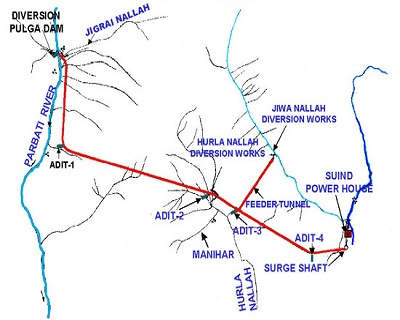




Disclaimer: Copyright infringement not intended.
Ahuna, a post-harvest festival of the Sumi Naga was celebrated with a spirit of oneness, exuberant exhibition of cultural heritage, and fusion of modern entities.
Region |
Mostly inhabit the central and southern regions of Nagaland. |
Settlement Pattern |
Sumis are the most widespread tribe among the Nagas in terms of settlement. Known for their emphasis on village establishment, a practice continuing in recent years. |
Historical Practice |
Practiced head-hunting before the arrival of Christian missionaries and the subsequent conversion to Christianity. |
Language |
Sumi language, belonging to the Tibeto-Burman language family. |
Major Festivals |
Ahuna and Tuluni. |
Ahuna Festival |
A traditional post-harvest festival celebrating the season's harvest with thanksgiving and prayers for good fortune in the New Year. |
Tuluni Festival |
Celebrated to welcome the arrival of new crops/fruits from the field. It includes prayers of gratitude for the previous year's yield. |
Tribe |
Primary Area of Settlement |
Language |
Major Festivals |
Cultural Practices |
Angami |
Kohima and surrounding areas |
Angami (Tibeto-Burman) |
Sekrenyi, Hega Festival |
Traditional farming, weaving, and folk music. |
Ao |
Mokokchung District |
Ao (Tibeto-Burman) |
Moatsu, Bushu, and Monyu festivals |
Famous for its rich cultural heritage, weaving, and wood carving. |
Sumi |
Zunheboto District, parts of Wokha |
Sumi (Tibeto-Burman) |
Sekrenyi Festival |
Known for farming and vibrant cultural rituals. |
Konyak |
Mon District |
Konyak (Tibeto-Burman) |
Aoleang Festival |
Famous for headhunting tradition (historically), agriculture. |
Lotha |
Wokha District |
Lotha (Tibeto-Burman) |
Tuluni Festival |
Known for agriculture and unique weaving techniques |
Phom |
Longleng District |
Phom (Tibeto-Burman) |
Monyu Festival |
Agricultural practices and traditional music/dance. |
Chakhesang |
Phek District |
Chakhesang (Tibeto-Burman) |
Chakesang festival |
Agricultural community with unique folk traditions. |
Pochury |
Phek District |
Pochury (Tibeto-Burman) |
Christmas and Easter festivals |
Strong tradition of weaving and agricultural practices. |
Rengma |
Kohima and parts of Phek |
Rengma (Tibeto-Burman) |
Ngada Festival |
Known for traditional farming and their religious ceremonies. |
Zeliang |
Peren and parts of Wokha |
Zeliang (Tibeto-Burman) |
Yemshe Festival |
Strong agricultural and handicraft traditions. |
Kuki |
Parts of Nagaland and Myanmar Border |
Kuki (Kuki-Chin) |
Chavang Kut Festival |
Traditionally nomadic and known for weaving and agriculture. |
Meghn |
Dimapur District |
Meghn (Tibeto-Burman) |
Pochury Festival |
Famous for agricultural expertise and unique cuisine. |
READ MORE DETAILS HERE-
Source:
PRACTICE QUESTIONQ.Which of the following statements about the Sumi Naga tribe is/are incorrect?
Select the correct answer using the code given below: (a) 1 and 2 only (b) 2 and 3 only (c) 1 and 3 only (d) 1, 2, and 3 Answer: c Explanation: The Sumi Naga tribe is primarily located in the state of Nagaland, India. Statement 1 is incorrect: The Sumi Naga language belongs to the Tibeto-Burman subgroup of the Sino-Tibetan language family, not Sino-Tibetan as a whole. Statement 2 is correct: The tribe is known for its agricultural practices and celebrates the Sekrenyi festival, which is an important cultural event. Statement 3 is incorrect: There is no significant cultural influence on the neighboring Kuki tribe specifically from the Sumi Naga tribe. |











© 2025 iasgyan. All right reserved